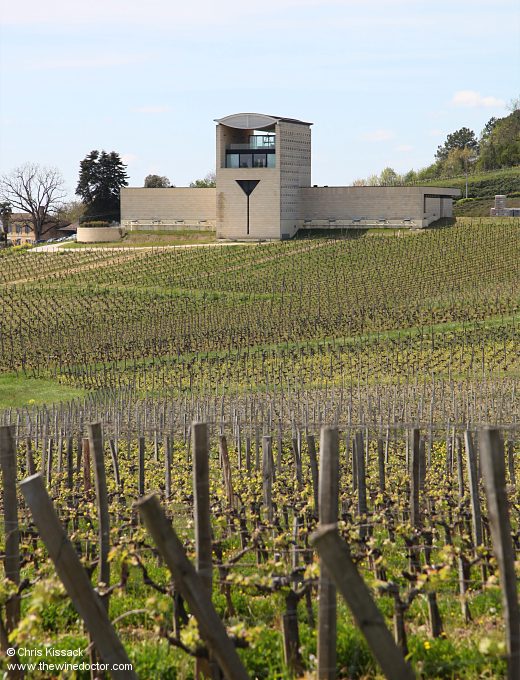Château Faugères
The story of St Emilion is rich in châteaux which seem to have sprung from nowhere, although of course no domaine is really created from nothing; most often the sudden rise in quality and renown reflects the arrival of a new proprietor, one prepared to invest at the level necessary to push the domaine in question into the limelight. Alternatively, some famous names are born with the cleaving of an already large estate in two, or with a section of vineyard being committed to the production of a new cuvée, one intended to outshine the domaine’s original wine. In the case of Château Faugères, all of these possible events are relevant to its creation.
It is more than a few years now since I first tasted the wines of Château Faugères, not long after it came into the hands of the current proprietor, Silvio Denz. Alongside the wine came two others, named Château Péby Faugères and Château Cap de Faugères; the three wines and three estates have an intertwined and potentially confusing history, having all – as I have already alluded above – originated from the one estate. Today, although all three are under the same ownership and management, I feel certain that they should be considered as three separate entities. Here in this profile I unravel their stories, before going on to look specifically at the vineyards and winemaking at Château Faugères (pictured below). I will deal with Château Péby Faugères and Château Cap de Faugères in their own respective profiles.
Origins
The story of Château Faugères begins with the hamlet of Faugères, which has been here since at least the 16th century. The earliest record of cultivation on the site dates to 1619, a fact we know thanks to the research of the historian Roland Kissling, who identified references to one André de Faugères tending land here at this time. His name, and that of both the estate and the hamlet, are clearly intertwined.

